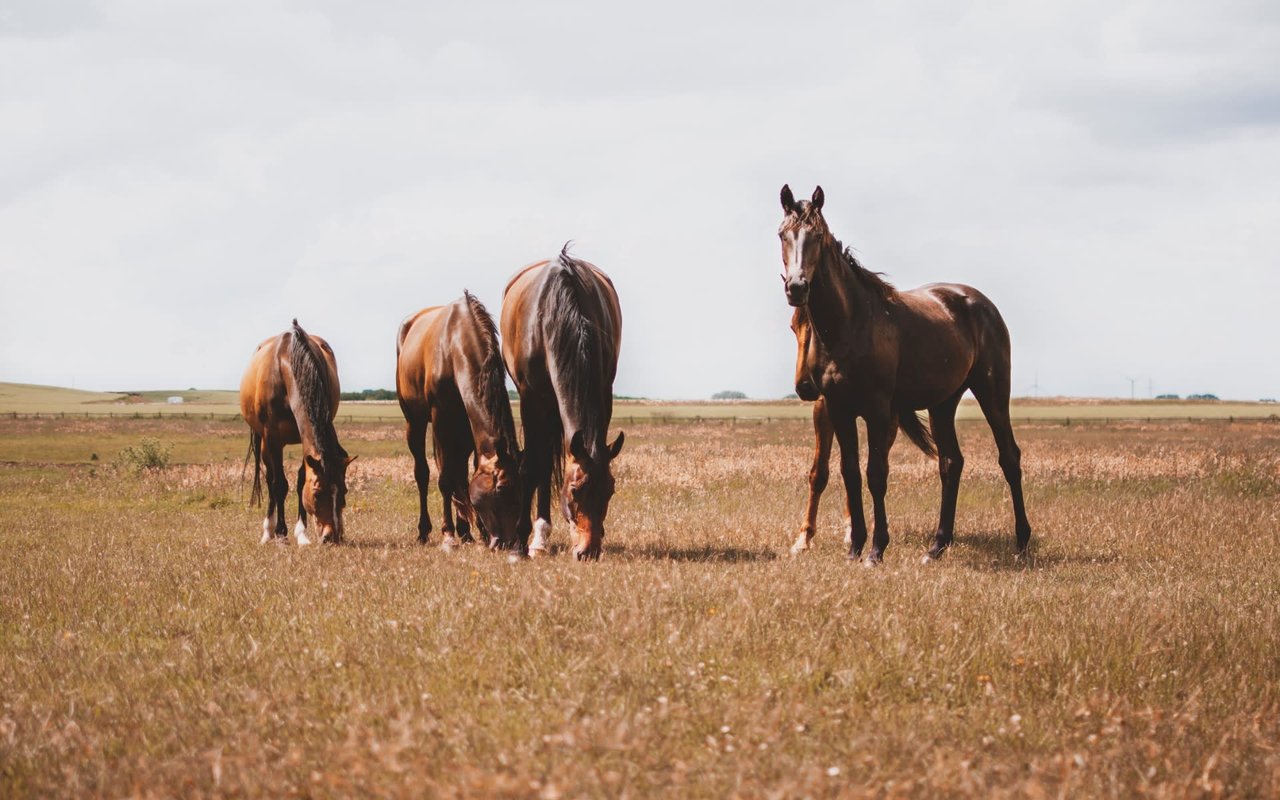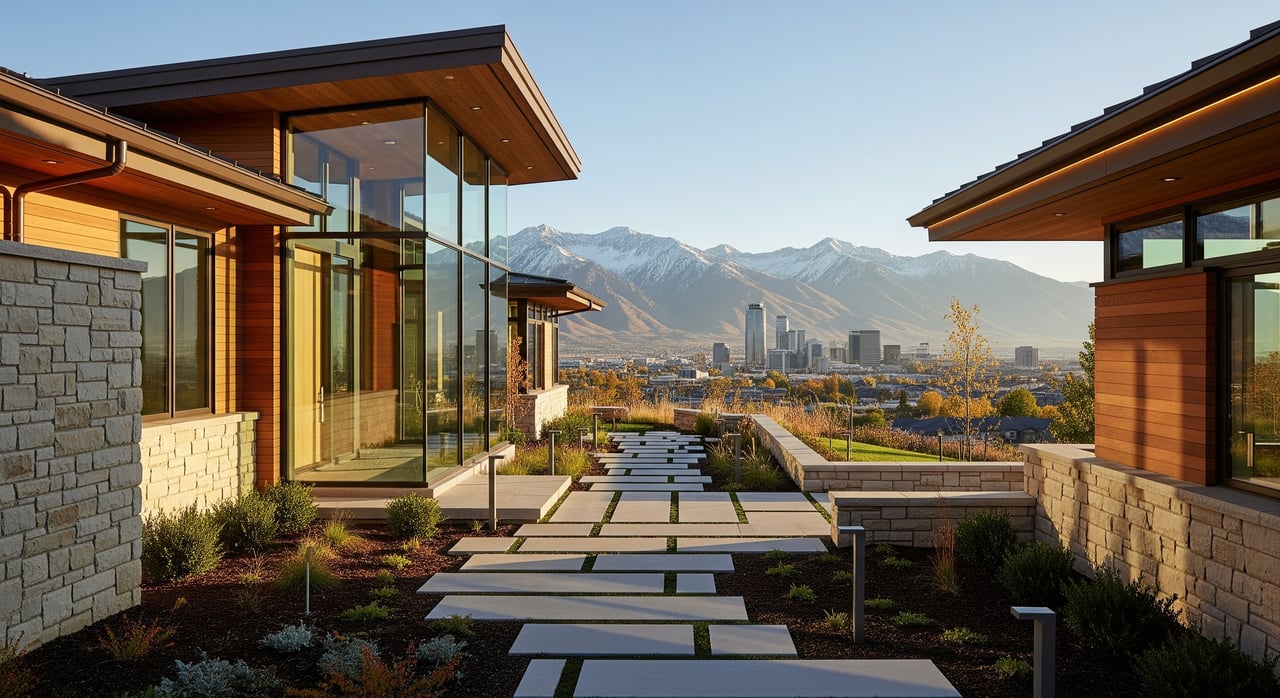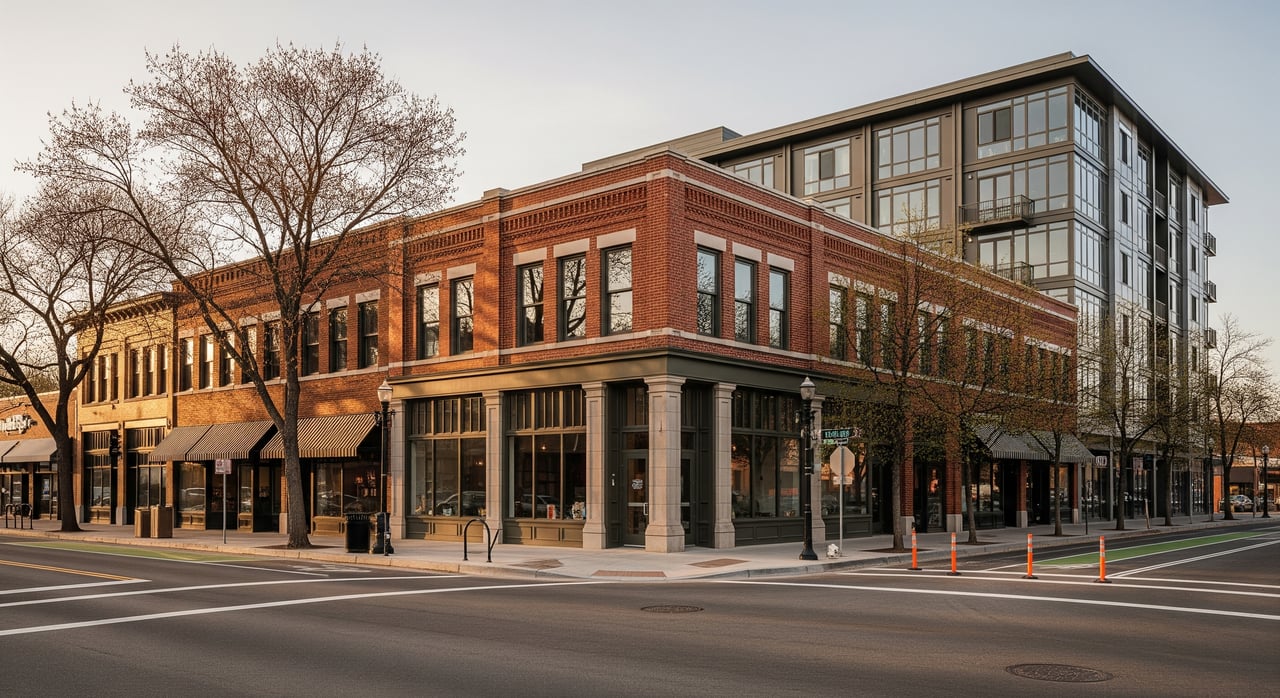For horse lovers, there’s nothing quite like stepping out your back door and into the saddle. Owning an equestrian property means more than just a place to live—it’s a lifestyle rooted in open space, freedom, and a deep connection to the land.
In Utah, with its wide valleys, mountain trails, and horse-friendly communities, buying the right horse property can be a dream come true. But before you dive in, there are important things to know about equestrian homes, zoning laws, and what to expect when balancing the needs of both you and your horses.
This guide will walk you through everything you need to know about buying horse property in Utah, from land size and barns to local markets and lifestyle perks.
What Makes Equestrian Properties Unique in Utah
Utah offers a rare mix of urban convenience and wide-open space, which makes it a haven for horse enthusiasts. Neighborhoods in areas like Herriman, Bluffdale, and South Jordan are especially popular because they provide acreage while still being close to Salt Lake City’s job market and amenities.
Equestrian properties aren’t just about a house on land. They often include specialized features like barns, arenas, fencing, and access to riding trails. Buyers should evaluate not only the home itself but also whether the property has the infrastructure to support horses comfortably.
Owning this type of real estate means joining a unique community of horse owners, riders, and enthusiasts. It’s more than a home purchase—it’s an investment in a lifestyle that blends outdoor living with Utah’s equestrian culture.
Zoning, Land Use, and Legal Considerations
One of the first things to understand when shopping for horse property in Utah is zoning. Not all land is automatically “horse property,” even if it looks like it. Local city and county regulations determine whether you can legally keep horses on the land.
Buyers should check for agricultural zoning or equestrian overlays that specifically allow livestock. Some neighborhoods may have strict HOA rules that limit the number of animals or the size of structures like barns and arenas.
This is why working with a real estate agent experienced in equestrian homes is so valuable. The right guidance ensures you’re not caught off guard by zoning restrictions, water rights issues, or land-use limitations.
The Lifestyle Appeal of Horse Properties
For horse owners, the appeal goes beyond practicality—it’s about lifestyle. Imagine morning rides on nearby trails, evenings spent in open pastures, and weekends at local rodeos or equestrian events. Utah’s landscape provides incredible opportunities for riding, from Wasatch Mountain trails to wide desert stretches in southern Utah.
Equestrian communities also offer a unique social fabric. Many areas host community arenas, 4-H clubs, and equestrian groups that provide camaraderie and opportunities for both new and seasoned riders.
Living in a horse-friendly neighborhood means you’re surrounded by like-minded people who value outdoor living, space, and connection to nature.
Costs and Considerations of Horse Properties
Horse properties often come at a premium, not just because of land but also because of upkeep. Larger acreage requires more maintenance, and barns, fencing, and arenas need ongoing care. Utility costs can also be higher, especially if irrigation or well systems are involved.
On the flip side, equestrian homes often hold their value well. Their limited availability and lifestyle appeal keep demand strong among buyers who want the convenience of keeping horses at home instead of boarding them.
Buyers should also factor in accessibility. Wide driveways for trailers, proximity to feed stores, and nearby veterinary care can make a big difference in long-term satisfaction.
Buyer Perspective: Why Horse Properties Are Special
For buyers, the appeal of equestrian homes lies in freedom and convenience. Instead of driving to a boarding facility, you can ride in your backyard. Families often value the unique lifestyle horse properties bring, creating opportunities for kids to grow up outdoors and connected to animals.
However, buyers should also consider the added responsibility. Owning horses at home requires time, resources, and a willingness to manage upkeep. It’s a rewarding investment for the right person, but it’s not a fit for every buyer.
Seller Perspective: Marketing Equestrian Properties
For sellers, marketing a horse property means showcasing its unique features. Professional photos of barns, riding arenas, and acreage are just as important as images of the home itself. Highlighting access to nearby trails or equestrian communities can attract the right buyer.
Sellers should also be ready to provide details about zoning, water rights, and property infrastructure. Transparency is key—buyers want to know they’re getting a property that fits their needs without surprises.
Local Market Trends in Utah
Utah’s horse property market is strong, especially in areas near Salt Lake where space is limited but demand is high. Bluffdale and Herriman continue to see steady interest due to their mix of acreage and access to urban amenities. Southern Utah, particularly St. George, is also gaining attention for equestrian properties with warm weather and desert landscapes.
Equestrian homes often sell to a niche market, but that niche is loyal and willing to pay a premium for the right setup. In competitive markets, these homes don’t last long.
Why Horse Properties Matter for Utah Homebuyers
For Utah buyers, horse properties combine the best of both worlds: the convenience of homeownership and the freedom to enjoy an equestrian lifestyle. They provide space, privacy, and a connection to nature that appeals to both horse owners and those who simply value open land.
This unique lifestyle often translates into strong property values and slower depreciation, especially in communities where equestrian properties are limited.
If you’re considering buying or selling a horse property in Utah, partnering with a local agent who understands equestrian real estate can help you make the best move.
Conclusion
Buying an equestrian property in Utah is about more than land and a house—it’s about creating a lifestyle built around horses, freedom, and connection to the outdoors. From zoning and infrastructure to market trends and lifestyle perks, these properties carry unique considerations but also incredible rewards.
If you’re ready to explore horse properties in Utah, let’s connect. I’d be happy to guide you through the process and help you find the perfect fit for your lifestyle.





